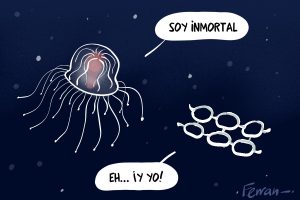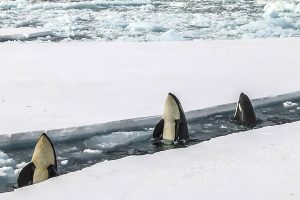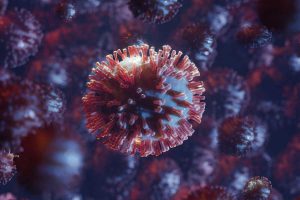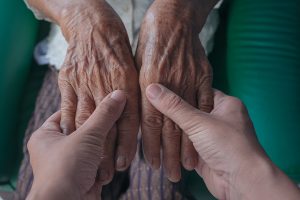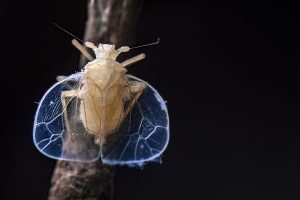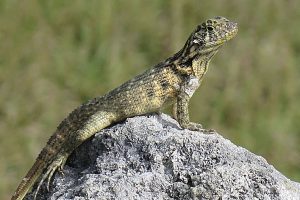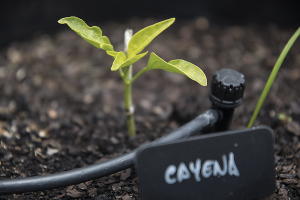Search
We begin the series «Science spaces» by visiting Professor Concha Gómez Mena's laboratory at the Institute for Plant Molecular and Cellular Biology (CSIC-UPV), on the Vera campus of the Polytechnic University of Valencia.
The variety of hair colours that we find among humans is due to mutations in some of our genes.
The jellyfish Turritopsis dohrnii is capable of rejuvenation. Ferran Martin reminds us that, unfortunately, it is not the only «immortal» thing we can find in the ocean.
To talk about life is to talk about cooperation. In a world dominated by Darwinian competition, how has cooperation come to play such an important role?
The scientific community agrees that viruses are not alive. However, the idea sparks some debate because it depends on how we define life.
Ageing occurs because we divest energy from ourselves and into reproduction, so we have less available to survive.
The description of the «Valencian wood fairy» or Valenciolenda fadaforesta (Hoch & Sendra), a new species and genus, was recently published.
Humans, unlike some animals, do not base their mating choices exclusively on genetics. There are many cultural and social determinants.
Sickness behaviours are far from being exclusive to humans; they have been found in virtually all animals in which they have been studied.
Some mammals experience a feeling of soft pain when tasting fruits with capsaicin. This mutation has survived with the evolution of mammals.



